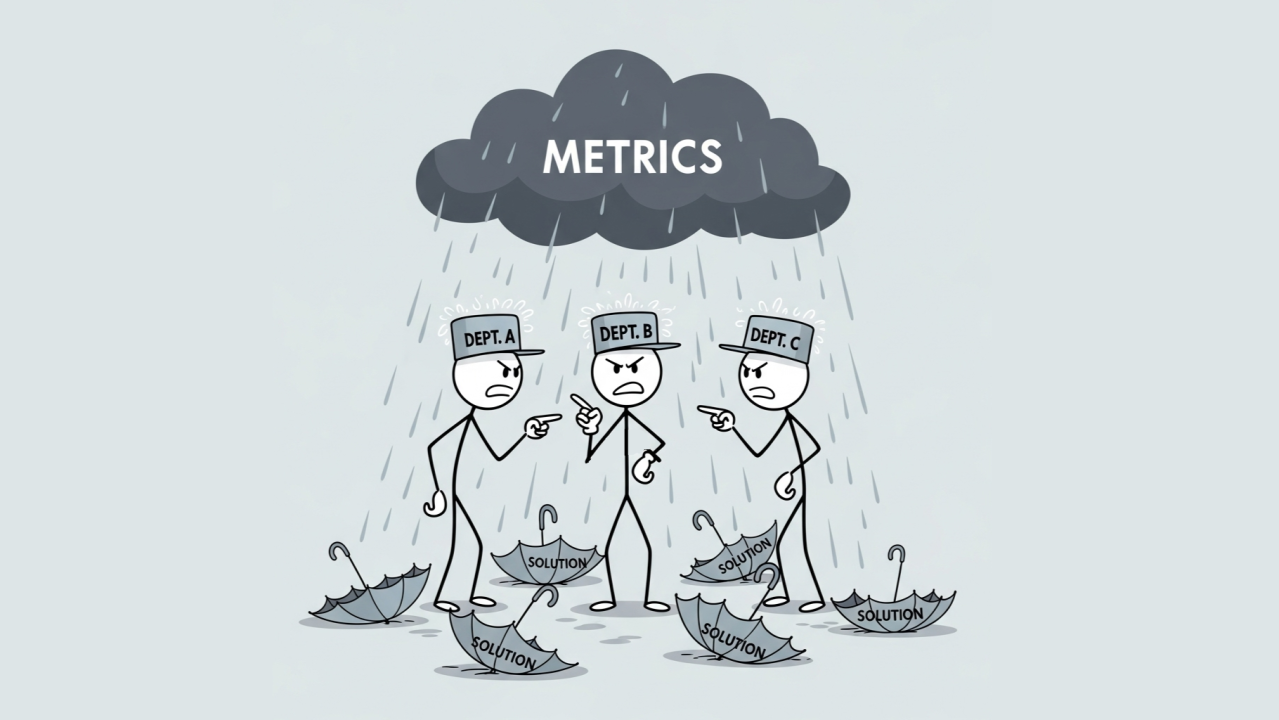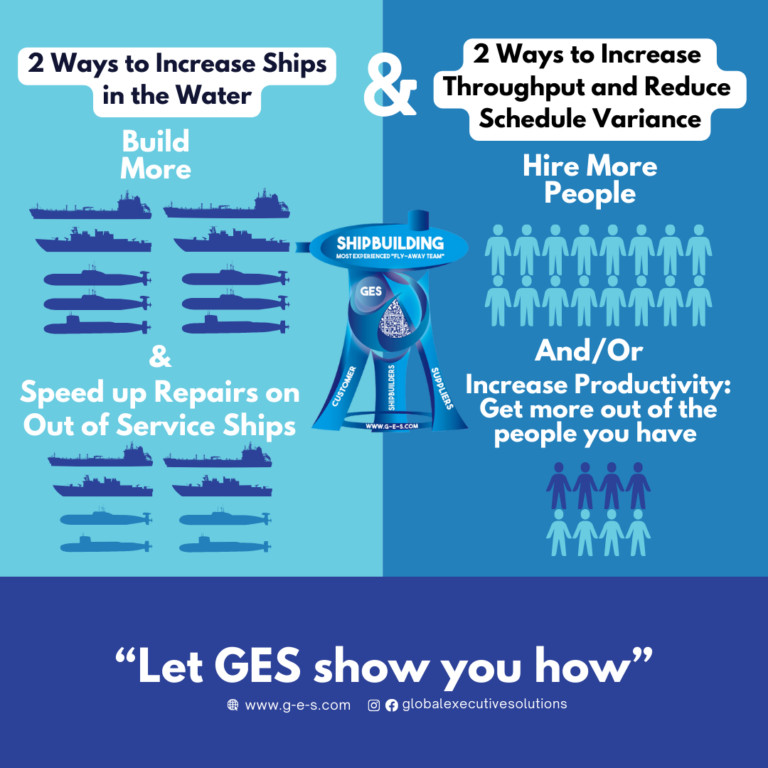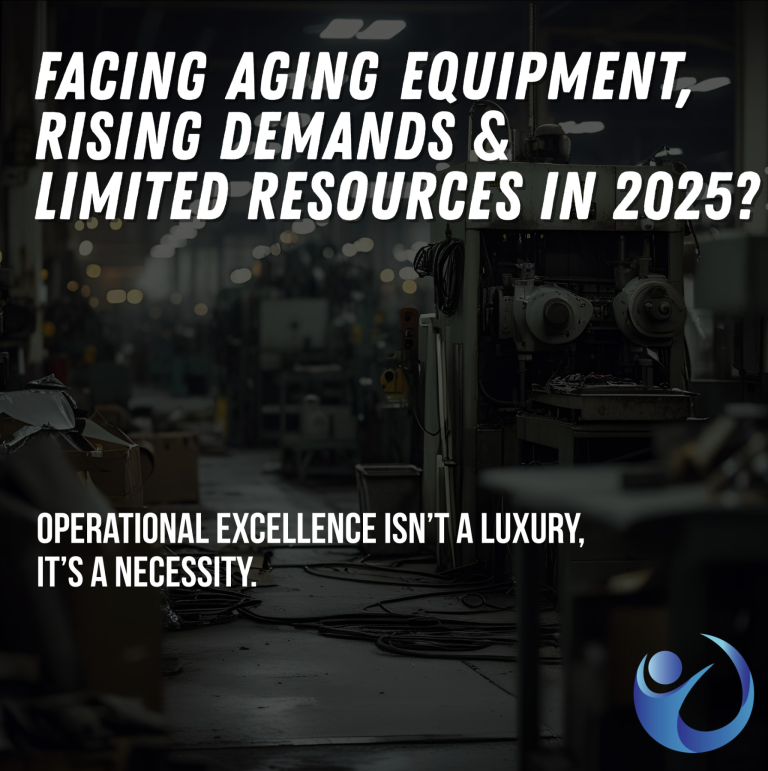Written by: Max Leonard
June 20, 2025
Poor performance “rainstorms” are often unavoidable. Many companies may turn to metrics to inspire and promote positive corrective actions. Unfortunately, poor metrics can also generate mud for slinging between peers. As a result, key business areas grow defensive, siloed, and sometimes even confrontational. At a certain point, all metrics feel like an attack; management dons their slickers in an attempt to deflect all rain coming towards them. The valuable and actionable metrics get rain-washed. We effectively become fools standing in the rain complaining about the weather.
Realistically, the performance metrics used to sling mud are not anything novel. Many areas of the business are interconnected; KPIs at a base level are often negatively impacted across the business. When one aspect of the business fails, the rest generally follow in at least one KPI. No one knows the problem areas of a department better than its management, so pointing to poor performance in another business area is often fruitless. When dark clouds roll in and a storm ensues, it doesn’t matter what kind of rain we’re experiencing. We’re all going to get wet.
If you have had enough troublesome weather conditions and strive to shelter your company from the rain, you need to leverage your metrics wisely and start finding solutions. Once potential solutions are identified, implement tools such as POAMs and SMART (Significant, Measurable, Achievable, Relevant, Time-bound) goals to navigate through the storm. Instead of weaponizing metrics, tie metrics to improvement initiative actions and correlate them to overarching inter-departmental goals. Collaborate with your peers on objectives, obtain commitment, and drive accountability across departments. Raining or sprinkling, you’re in this together.
Once you’ve identified your effective initiatives and course-corrected out of the rainstorm, the management of metrics must continue. Just when you thought the weather analogies were through, we now must refer to you as The Meteorologist. Now that the skies are clear, you are able to identify the signs of when problematic conditions may be on the horizon. Having experienced a rainstorm, you’ve already identified what metrics indicate potential performance issues. Standardization of key metrics allows you to trend problem patterns. A small slip may seem insignificant in your department, however it may have further impacts that you don’t see. Stay accountable for keeping your improvement initiatives active and set standards for your area of the business. This will help you avoid, or at least prepare for, incoming storms.
Companies that remain stuck in performance rainstorms end up drowning. Actionable metrics that identify solutions serve as your umbrella. They don’t stop the rain, but they help you move through it. When the next storm rolls in on your company, leverage your actionable metrics positively and find an umbrella.
Are you experiencing a rainstorm and struggling to find an umbrella?
GES and our sister company, GESGRP, is here to help.




